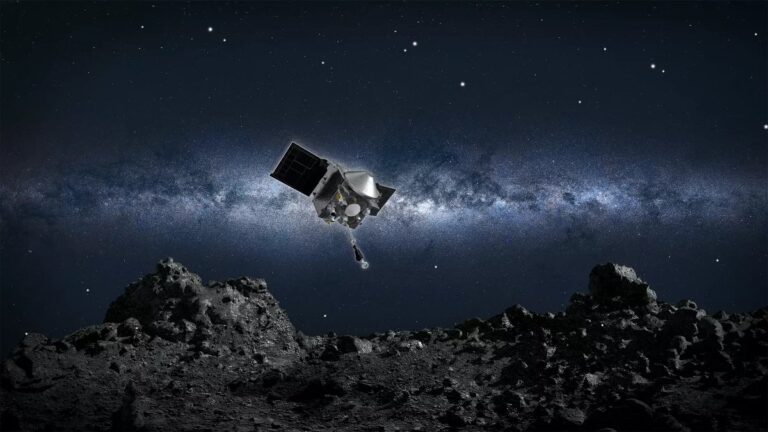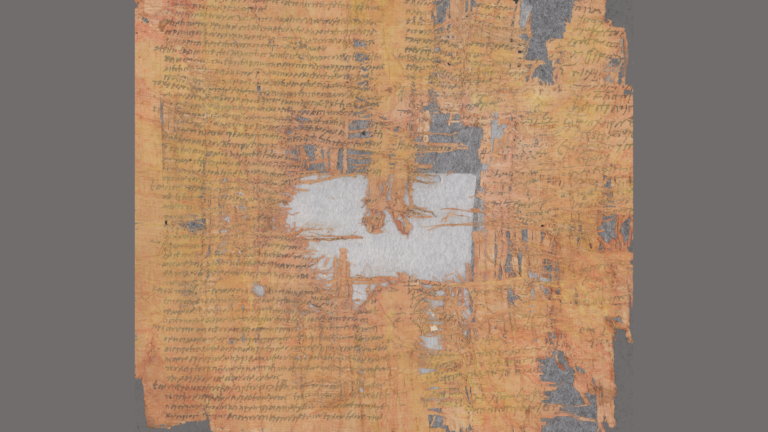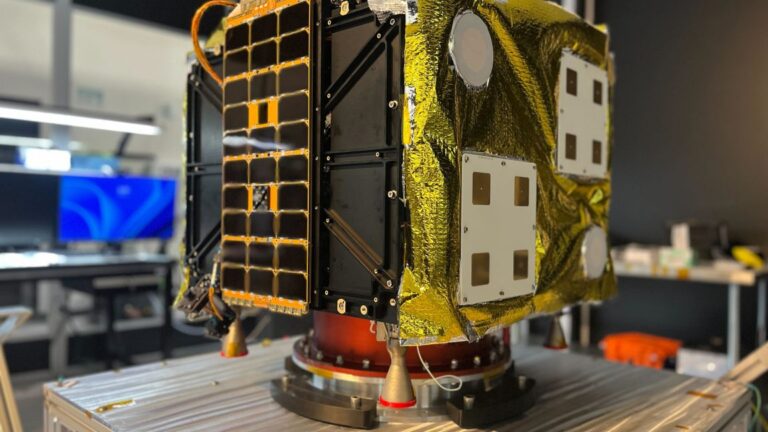Climate change is speeding up, study of ocean warming reveals

Ocean warming has more than quadrupled in recent decades and is likely to accelerate even faster if humanity fails to address climate change, scientists find.
Science and Technolgy blog

Ocean warming has more than quadrupled in recent decades and is likely to accelerate even faster if humanity fails to address climate change, scientists find.

A recent study published in the European Journal of Neuroscience sheds light on how childhood maltreatment may leave lasting impacts on brain structure, particularly in young adults who experience romantic relationship breakups. Researchers found that the combination of childhood maltreatment…

Starting a few days after the Trump inauguration, word spread within the research community that some grant spending might be on hold. On Monday, confirmation came in the form of a memo sent by the Office of Management and Budget…

Nvidia’s GeForce RTX 4080 graphics card was faster than the RTX 3080 card it replaced. But it was also faster than the RTX 3080 Ti, 3090, and 3090 Ti. One of the good things about a new graphics card generation…

Scientists have found all five nucelobases alongisde minerals essential for life as we know it on the potentially hazardous asteroid Bennu.

A newly translated papyrus found in Israel provides information about criminal cases and slave ownership in the Roman Empire.

A recent study published in the Journal of Personality and Social Psychology highlights the role that shared reality with romantic partners plays in reducing uncertainty and enhancing a sense of meaning in life. The research reveals that when couples share…

Casarabe people grew the nutritious crop year-round on savannas thanks to networks of drainage canals and ponds.

Samples from NASA’s OSIRIS-REx mission show the asteroid Bennu had organic molecules and minerals and possibly salty water and other life ingredients.

The concept of flying out to distant asteroids and mining them for precious metals is going to seem preposterous right up until the moment that someone actually does it. It’s a terrible business model because it requires years and years…